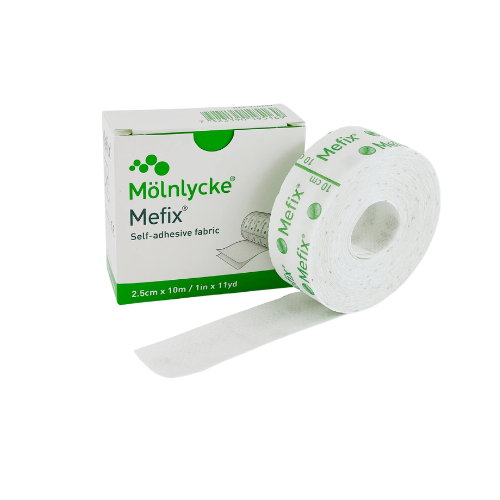One of the most common questions new parents have is how often they should feed their newborn. While every baby is unique, understanding baby feeding schedules can help guide you during the first few months.
What Is a Baby Feeding Schedule?
A baby feeding schedule revolves around the concept of “demand feeding” or “feeding on-demand.” Instead of adhering to a strict, time-based routine, you respond to your baby’s hunger cues. Since your infant can’t verbally tell you when they’re hungry, look for these signals:
- Leaning toward your breast or bottle
- Sucking on their hands or fingers
- Opening their mouth, sticking out their tongue, or puckering their lips
- Fussiness or crying (though crying is a late hunger sign)
By recognizing these cues early, you can avoid letting your baby get too upset before feeding.
How Often Should I Feed My Baby?
Feeding frequency depends on whether you are breastfeeding or formula feeding, as breast milk is digested more quickly than formula. Here are general guidelines:
- Breastfed Babies: Newborns typically want to nurse every 1.5 to 3 hours. As they grow, feedings become less frequent and more predictable.
- Newborns should nurse 8-12 times a day for the first month. By 4 to 8 weeks, this decreases to around 7-9 times a day.
- Formula-Fed Babies: Formula-fed newborns typically feed every 2 to 3 hours. As they grow, they can stretch to 3-4 hours between feedings.
Growth Spurts and Hunger
Growth spurts can increase your baby’s appetite. Common growth spurt periods include:
- 7-14 days
- 3-6 weeks
- 4 months
- 6 months
During these times, your baby may want to eat more frequently or consume larger amounts.
How Much Should I Feed My Baby?
There is no strict rule about how much a baby should eat, but here are general guidelines based on age:
- Newborn to 2 months: Initially, babies may only want half an ounce per feeding. This increases quickly to 1-2 ounces. By 2 weeks, they usually take in about 2-3 ounces per feeding.
- 2-4 months: Babies typically drink 4-5 ounces per feeding.
- 4-6 months: Babies drink 4-6 ounces, increasing to 7-8 ounces by 6 months.
If your baby has 4-6 wet diapers daily, regular bowel movements, and is gaining weight, they are likely eating enough.
When to Start Solids
Your baby should reach specific developmental milestones before introducing solid foods, typically around 6 months old. Signs your baby is ready for solids include:
- Able to hold up their head
- Shows interest in food by opening their mouth or reaching for food
- Doubled their birth weight (usually around 13 pounds)
- Can swallow food from a spoon
The American Academy of Pediatrics (AAP) recommends exclusive breastfeeding for the first 6 months before adding solid foods.
When to Wean
Weaning typically begins when your baby starts showing more interest in solid foods and follows a regular feeding schedule. Most babies are ready to start the weaning process by 12 to 18 months. You can introduce a cup around 6 months to help transition away from the bottle.
For breastfeeding parents, the AAP suggests continuing to breastfeed alongside solids until your child’s first birthday. Gradually weaning based on your child’s cues (such as disinterest in breastfeeding) works best.
Conclusion
Feeding your baby can be a fluid and flexible process, adapting to your child’s unique needs. Whether breastfeeding, formula feeding, or introducing solids, trust your instincts, and consult your pediatrician if you have any concerns about your baby’s growth or feeding habits.




